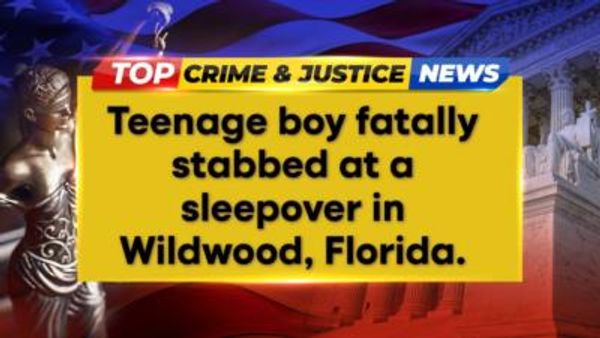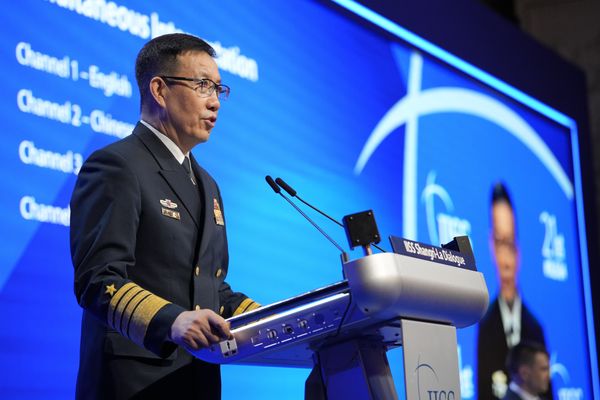Extreme weather this winter may lead to gas shortfalls, especially if coal and renewable alternatives to meet demand are unavailable, the energy market regulator has warned.
In an annual forecast for Australian gas supply, the Australian Energy Market Operator (AEMO) identified continued risks of near-term shortfalls and a longer-term supply gap due to declining gas production in the southern states.
It found that despite increased production commitments from the gas industry since its last update, ageing gas supply in the south was declining faster than projected demand.
That was leading to shortfall risks in the southern states, in part due to limitations on how quickly pipelines from Queensland could deliver gas support to the south.
The risk of a shortfall would rise further if excess gas production was exported rather than used to meet local demand.
"The LNG exporters have the ability to provide significant volumes of currently uncontracted gas to the domestic market, however, there may be economic incentive to instead export this gas if international markets prove more profitable than domestic sales," AEMO concluded.
It highlighted that anticipated sales recorded by the competition watchdog in January were higher than what LNG exporters told AEMO last year, and in a worst-case scenario, may lead to a supply gap of as much as 33 petajoules if those sales proceeded.
AEMO chief executive Daniel Westerman noted there were a number of new gas projects on the way but there was still a risk of east coast shortfalls.
"There are risks of peak day shortfalls each winter if there are periods of very high demand for gas for heating and gas for power generation," Mr Westerman told the ABC.
"We also need to make sure we're using gas storage facilities as a buffer for those very high demand periods."
AEMO said its assessments were largely made before the federal government's intervention to cap gas prices, and the effect that intervention would have on demand and supply investments was not yet clear.
The energy market regulator said given the time it would take to plan and build new infrastructure, the best solution to address short-term risks was to soften demand, including consumers voluntarily reducing gas use during extreme peaks.
Energy Minister Chris Bowen said national cabinet had agreed to give AEMO powers to intervene in the gas market if required, similar to powers the regulator used last year to intervene in the electricity market.
Supply gap after 2027 as Australians slow to switch off gas
Noting the risks for this winter, AEMO echoed findings by the competition watchdog that physical gas supplies were expected to be "adequate" until 2027, but urgent investment was needed to ensure enough supply after then.
Victoria is forecast to become a net importer of gas from the winter of 2027 and will not be able to be supplied by other jurisdictions due to projected shortfalls of gas across all of Australia's southern states.
"Without additional commitments to expand domestic supply, or alternative developments such as hydrogen or biomethane that may offset natural gas demand, gas contracted for export by Queensland LNG producers may instead need to be used to maintain domestic gas adequacy," AEMO concluded.
Mr Bowen said it was a reminder to parliament that it would be "irresponsible" to rule out new gas projects.
AEMO also found Australians were switching from gas slower than anticipated, leading to higher consumption forecasts over the long term than previously forecast.
That included gas consumption possibly growing without "strong" policy incentives and industry investment to help households and businesses electrify.
But the regulator said the current investment environment was highly uncertain due to the war in Ukraine, inflation, investor pressure to move away from fossil fuels and hesitation caused by the price cap on domestic gas imposed by the federal government.
It said one potential solution for longer-term supply issues could be to push ahead with the development of an import terminal at Port Kembla, which could serve as a feeding point for gas to the south.
The Australian Petroleum Production and Exploration Association (APPEA) said AEMO's report was further reason for federal, state and territory governments to explain how they plan to bring on new gas supply.
"Governments have received warning after warning from independent authorities and industry stakeholders about the need for investment in new supply," APPEA chief executive Samantha McCulloch said.
"AEMO makes it clear that the root cause of gas market shortfalls is inadequate supply and infrastructure.
"Ongoing market intervention and price regulation, permitting delays, and state-based barriers to new gas development are exacerbating the risk of shortfalls."
The Energy Minister rejected that the federal government's intervention would affect supply.
"I absolutely reject the argument that the price cap at $12 would in any way influence supply. Ninety-six per cent of gas was sold for less than $12 pre-2022," Mr Bowen said.







